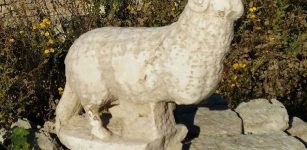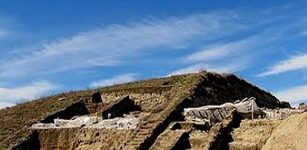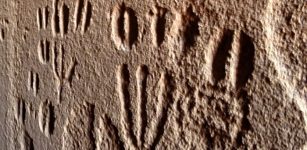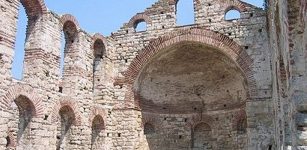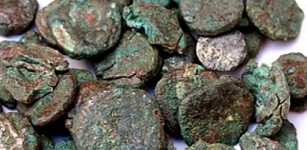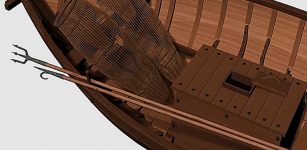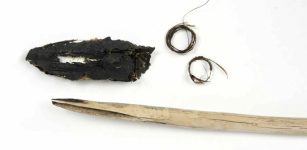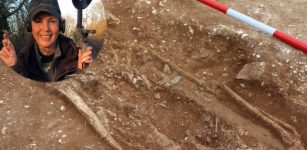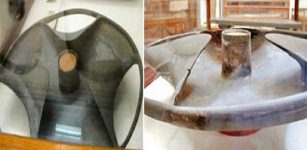Bizarre Parthian Tomb Sheds Light On Ancient Life In Isfahan, Central Iran
Conny Waters - AncientPages.com - A jar burial cemetery has been unearthed at an ancient historic site in Iran’s central city of Isfahan. The cemetery dates back to the Parthian Empire.
A jar burial cemetery at an ancient historic site in Iran’s central city of Isfahan dates back to the Parthian Empire. source
Discovery of the second jar burial cemetery at the only historic hill of Isfahan has confirmed a hypothesis about the existence of Parthian graveyards in the eastern side of the Ashraf Hill.
Ashraf is now the second archaeological site in the province of Isfahan, after the Sialk Hills of Kashan, where a graveyard containing jar burials have been found.
The new findings could shed light on the pre-Islamic history of Isfahan, and archaeologists believe that the graveyard spreads out over a large area.
Alireza Ja’fari-Zand, who heads the archaeological excavation at the hill, said the discovery of the Parthian cemetery marks the most important finding in the Ashraf Hill in recent years.
The type of burial depends on the traditions of followers of various religions and faiths, he noted, adding, “History shows that Isfahan has been a major province during Alexander’s reign and was part of the Elymais territory during the Parthian Empire. Elymais had local power but were under the Parthian rule and their territories involved Khuzestan and part of Isfahan.”
“The discovery of the second giant jar-tomb in the sole historical hill of Isfahan – (‘Tepe Ashraf’ or ‘Tappeh Ashraf’) -- has proved a previous hypothesis suggesting the existence of a Parthian-era cemetery on the east of the hill, writes Tehran Times.
Giant jar-tomb in the sole Historical Hill of Isfahan. source
Now, Tepe Ashraf is the second place after the Tepe Sialk (in Isfahan province) that has yielded the discovery of such jar tombs that offers valuable clues to uncover the obscure history of pre-Islamic Isfahan,” IRNA quoted senior archaeologist Alireza Jafari-Zand as saying on Friday.
The cemetery could be covering a large area, Jafari-Zand says.
“When we discovered the first jar-shaped tomb, we assumed that we should reach other ones until yesterday (on June 11) we could discover another one of these tombs embedded in a giant earthen jar.”
Excavation by archaeologists at the Ashraf Hill site over the past recent days has also led to the discovery of a stone well six meters deep dating back to the Sasanian Empire, intact earthenware from the Buyid and Seljuq dynasties, and earthenware pieces from the Parthian and Sassanid empires.
Jar burials are human burials where the corpse is placed into a large earthenware and then is interred.
Written by Conny Waters - AncientPages.com Staff Writer



